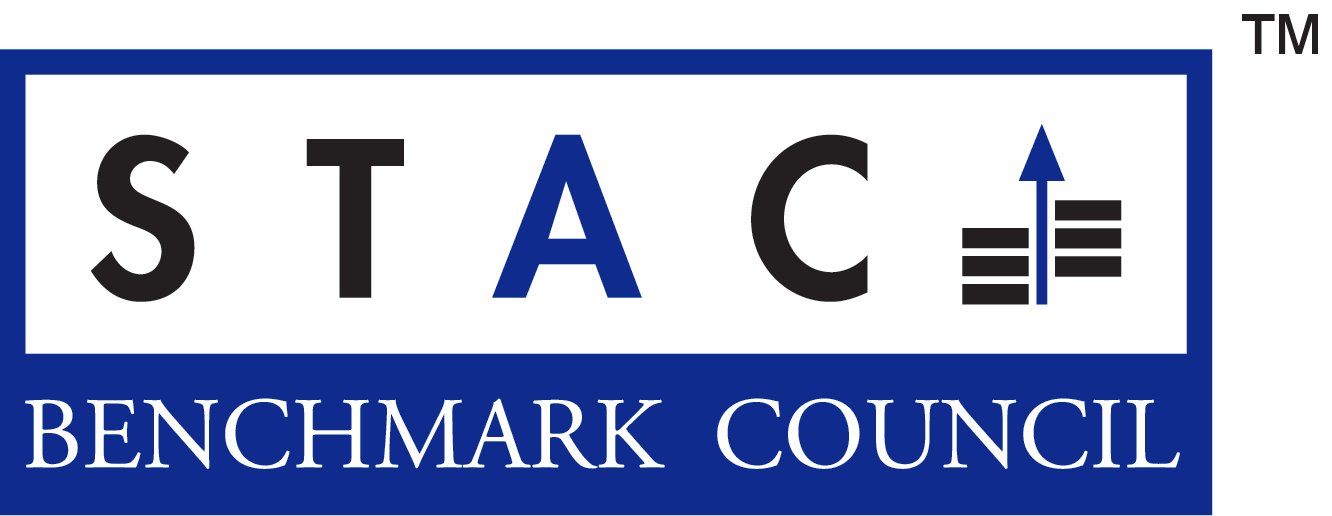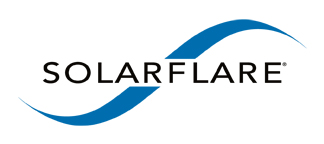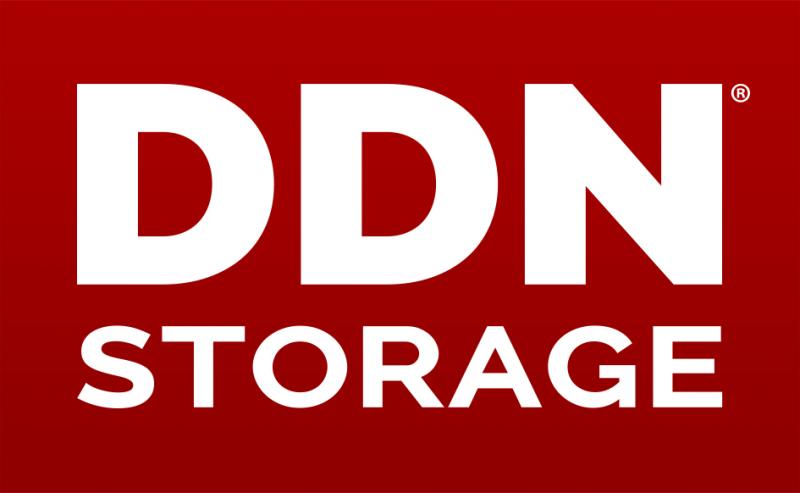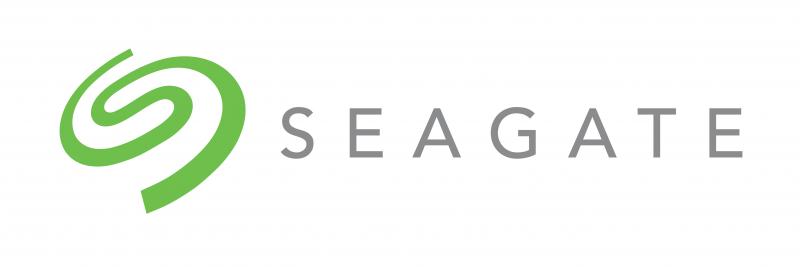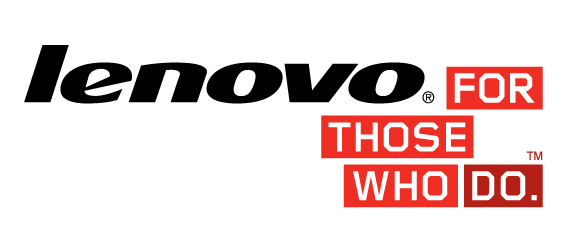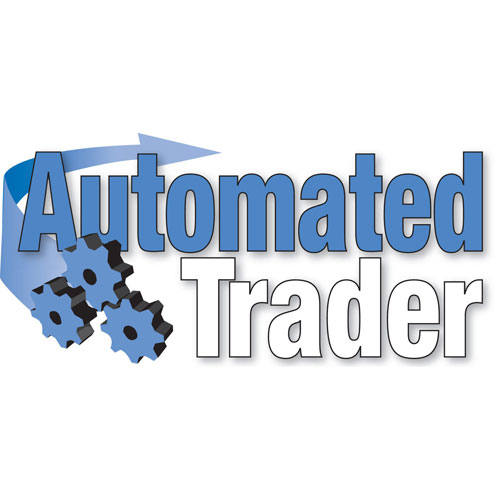STAC Summit, 24 June 2015, Chicago
WHEN
Wednesday, 24 June 2015
WHERE
Conference Center at UBS Tower, One North Wacker Drive, 2nd Floor, Chicago
Michigan Ballroom

AGENDA
Click on the session titles to view the slides (may require member permissions).
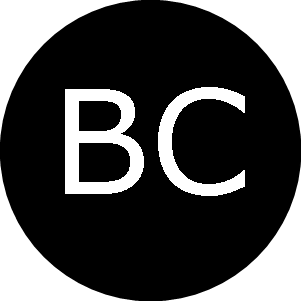 Big Compute
Big Compute
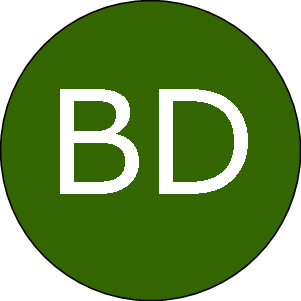 Big Data
Big Data
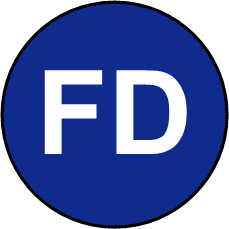 Fast Data
Fast Data
Welcome & STAC Update on Big compute |
|
|
Peter will review the latest STAC-A2 benchmark results for high-performance computing stacks and discuss recent actions by the STAC-A2 Working Group. |
Intel: Crossing the frontier |
|
|
Michael will show historical trends in performance and how Intel is working to overcome the frontiers they impose. |
Open Standards; OpenPOWER; Open Choice |
|
A movement began in the early 1990s that has as much impact on computing today as Moore's Law: open intellectual property. This movement--which ranges from open standards to open source--started with software and has now expanded to include services and even hardware. In this talk, Terry will argue that openness at the level of the processing platform is a key evolution of the open movement and that the OpenPOWER standard being advanced by Google, IBM, NVIDIA, and others is a crucial element. After outlining the roles that over 150 organizations are playing in the OpenPOWER Foundation, Terry will review some unique architectural aspects of the OpenPOWER standard, along with important proof points from financial services. |
Adventures on AWS with High-Performance Workloads  |
|
|
Cloud services are on the agenda in one way or another for most financial services firms today. Even firms with no short-term plans to use an external cloud provider want to monitor the options, either in anticipation of eventual usage or as something against which to benchmark their internal IT services (including private clouds). For these reasons, STAC has begun testing a number of infrastructure-as-a-service (IaaS) offerings using different financial workloads, comparing the price-performance and absolute performance of various cloud offerings to each other and to standalone systems. We've also documented key learnings and gotchas encountered along the way. In this talk, Peter will share some of the work done to date with the compute-intensive STAC-A2 and data-intensive STAC-M3 workloads on various configurations offered by the market share leader in public cloud: Amazon Web Services. |
Innovation Roundup: Round 1  |
|
| "Burst Risk Management and Alpha Generation Models into the Cloud. On Demand, At Scale." Scott Jeschonek. Director Product Management, Cloud Solutions, Avere Systems |
|
| "Introducing Cray in Financial Services – more than just supercomputers" Philip Filleul, Segment Director – Financial Services, Cray |
|
| "Apache Ignite - In-Memory Data Fabric" Nikita Ivanov, CTO, GridGain Systems |
|
| "MarkLogic - An Alternative to Schema Tyranny" Rupert Brown, Chief Technology Officer, Financial Svc, MarkLogic |
Born-in-the-Cloud Architecture: What it is and Why You Should Care  |
|
|
Bigger data, complex compute requirements, and cost/resource constraints are driving a number of trading organizations to use cloud infrastructure. But in Yonggang's opinion, existing compute- and data-intensive applications are often not designed to take advantage of infrastructure as a service. Firms must re-architect their applications to be cloud-native or "born-in-the cloud". Taking use cases in analytics and risk management as examples, Yonggang will explain the born-in-the-cloud architecture and the opportunities and challenges that it brings. |
STAC Update: Tick Analytics Stacks and Big Data |
|
|
Peter will review the latest STAC-M3 benchmark results for solution stacks used in tick analytics and provide an update on the STAC Big Data SIG. |
Innovation Roundup: Round 2 |
|
| "Lenovo Enterprise-class Servers & Technologies for Low Latency & Analytics" Dave Weber, Director, Lenovo Financial Services Industry, Lenovo |
|
| "Breaking through the performance and scale limitations of current financial data analytics" Andre Kerstens, Sr Technologist, DataDirect Networks |
The Megatrend is Your Megafriend: Storage Architectures for Competitive Success |
|
|
Financial firms are adept at turning broad computing trends to their advantage. In Steve's opinion, they now have the opportunity to do that in storage. According to Steve, performance and capacity requirements—particularly in crucial areas like strategy development and backtesting—are increasing so much faster than technology budgets that sticking with a traditional architecture will endanger a trading firm's competitiveness. Firms need to take a new approach. In this talk, Steve will explain four “megatrends” of computing and the benefits that a firm can realize by applying them to its storage architecture. |
Standard Benchmarks for Backtesting Architectures |
|
|
Today's markets place a premium on the quality of trading strategies and the speed at which a firm can develop and backtest them against out-of-sample historical data. As firms devote more human and automated resources to strategy development the infrastructure used for backtesting is coming under increasing pressure to scale. Michel will present STAC-A3, a new benchmark suite specified by trading firms to measure the performance, scaling, and cost efficiency of any backtesting architecture. |
Backtesting with Spark |
|
|
Patrick will present the first cut of a reference architecture for backtesting that uses a scalable, shared-nothing design based on the open source Spark framework and the Hadoop Distributed File System. He will explain some of the choices behind the current solution design, as well as preliminary benchmark results using STAC-A3. |
|
|
Technology and Today's Search for Alpha |
Trading firms continue to look for ways to beat competitors algorithmically. Depending on asset class and strategy, that might mean using machine learning to develop algorithms or programmatically exploiting non-numeric content such as news and social feeds. It almost certainly means using the best technology available to discover and backtest algorithms. What are some of the best tools a firm can use to analyze data and access new content, and why? What's the state of adoption? How do these tools integrate--or not--with existing systems? Does it make more sense to use software-as-a-service or to do it yourself? Our panelists will offer their perspectives. |
Innovation Roundup: Round 3 |
|
| "AP Event-Driven Data" Bruce Glover, Director Business Development, Finance and Data, AP |
|
| "NovaTick feedhandlers - Get it all: Speed, Coverage and Functionality" Olivier Baetz, COO, NovaSparks |
STAC Update: Network I/O |
|
|
Peter will explain new developments related the STAC Network I/O SIG. |
Innovation Roundup: Round 4 |
|
| "How to be Fast, Simple, Adaptable" David Snowdon, Co-Founder & CTO, Metamako |
|
| "Introducing Solarflare's next-generation ApplicationOnload Engine", Matthew Knight, Marketing Director Financial Services, Solarflare |
|
| "The ExaLINK Fusion switch and application platform: latest developments" Matthew Chapman, CTO, Exablaze |
|
| "Removing the Bottlenecks to Network Switching." Jay Brandon, Vice President, Sales, Lightfleet |
Cybersecurity and High-speed Trading |
|
|
Few technology topics today get as much attention as cybersecurity. According to experts, security breaches that make the headlines are just the tip of a growing iceberg. Among the many risks that policy makers are grappling with is the potential that bad guys could exploit trusted connections to disrupt global markets, either for financial gain or terrorist purposes. Accordingly, some regulators and exchanges have begun to signal a desire for enhanced security. But trading organizations are generally not receptive, because more security often means more latency. Without clear, industry-wide regulation, firms must trade off the hard-to-quantify possibility of a security disaster against the easy-to-quantify, day-by-day impact of higher latency. Nevertheless, many observers feel that it is only a matter of time before regulations or a major industry incident shift the calculus. When that day comes, those trading technologists who understand how to increase security with the least impact on latency will be poised to lead. Dan spends his waking hours advising trading firms on security issues. In this interactive session, Dan will provide some perspectives on the tradeoffs of various approaches to security and best practices that can be applied in a trading context. |
PLATINUM SPONSOR
GOLD SPONSORS
RECEPTION SPONSOR
BREAK SPONSOR
MEDIA PARTNER
About STAC Events & Meetings
STAC events bring together CTOs and other industry leaders responsible for solution architecture, infrastructure engineering, application development, machine learning/deep learning engineering, data engineering, and operational intelligence to discuss important technical challenges in financial services.
 |
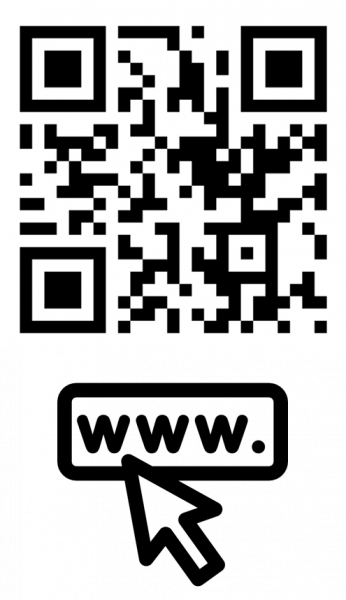 |
 |
|---|---|---|

